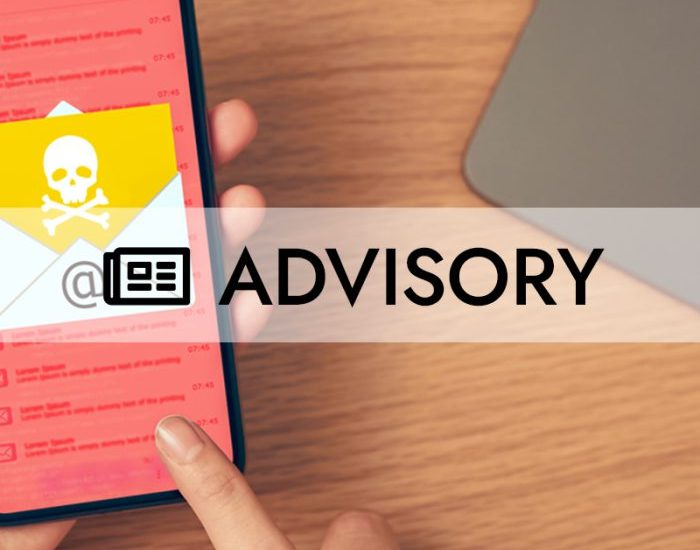Cisco IOS and IOS XE Software SNMP DOS & RCE Vulnerability
- November 18, 2025
- Posted by: Chernor Jalloh
- Categories:

THREAT OVERVIEW
Cisco has released an urgent security advisory regarding a high-severity vulnerability (CVE-2025-20352) affecting Cisco IOS and IOS XE Software. The flaw exists in the Simple Network Management Protocol (SNMP) subsystem and is being actively exploited in the wild.
This vulnerability allows:
• Low-privileged authenticated attackers to cause a Denial of Service (DoS) by reloading affected devices.
• High-privileged authenticated attackers to achieve Remote Code Execution (RCE) as root, leading to full system compromise.
Cisco confirmed successful exploitation in attacks following the compromise of administrator credentials.
TECHNICAL DETAILS
• CVE ID: CVE-2025-20352
• CWE: CWE-121 (Stack-Based Buffer Overflow)
• Cisco Advisory ID: cisco-sa-snmp-x4LPhte
• Cisco Bug ID: CSCwq31287
• Severity: High,
• CVSS v3.1 Score: 7.7 (AV:N/AC:L/PR:L/UI:N/S:C/C:N/I:N/A:H)
AFFECTED PRODUCTS:
o Cisco IOS and IOS XE Software with SNMP enabled
o Meraki MS390 and Catalyst 9300 switches (running Meraki CS 17 and earlier)
IMPACT
Successful exploitation could lead to:
• Service disruption via DoS attacks.
• Complete device takeover through root-level execution.
• Network-wide compromise if exploited across critical infrastructure.
MITIGATION & WORKAROUNDS
• No permanent workarounds are available.
• Mitigation options:
o Restrict SNMP access to trusted, authenticated sources only.
o Monitor devices using show snmp host and exclude affected OIDs via SNMP views where supported.
SOLUTION
Cisco has released fixed software updates that remediate this vulnerability.
• Customers should upgrade immediately using Cisco’s Software Checker Tool.
• Ensure devices are updated to IOS XE Release 17.15.4a or later (for Meraki MS390 and Catalyst 9300).
RECOMMENDATION
1. Patch immediately – upgrade all vulnerable Cisco IOS and IOS XE devices.
2. Limit SNMP exposure – restrict access and remove unused SNMP configurations.
3. Monitor systems – actively log and review SNMP traffic for anomalies.
4. Harden credentials – enforce strong authentication for SNMPv3 and limit admin accounts.
REFERENCE
o Bleepingcomputer
o Cisco Security Advisory
o CVE Details
o SL-CSIRT

